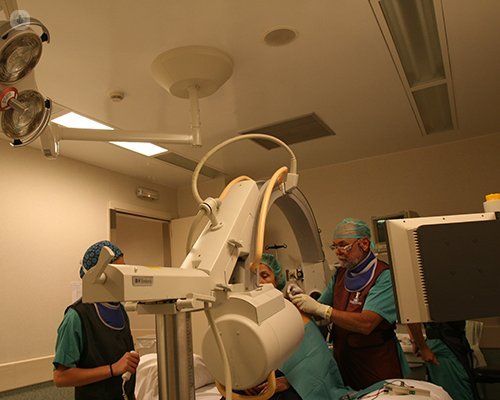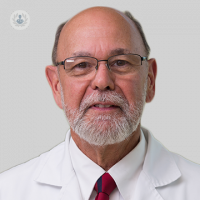Different ways to address chronic pain
Written by:It is estimated that approximately 30% of the population suffers from some form of chronic pain. Because of this, in developed countries it has caused an "explosion" of Pain Clinics. However, it is estimated that 40% of patients with acute pain are not well treated, an even higher percentage in patients with pain in cancer disease origin.
Hence, relieve pain has become a universal goal, being, for example, one of the main goals of the World Health Organization.
It is often observed that the pain is less concerned. For example, it is not widely appreciated that a simple operation can generate severe pain syndrome. Recent research has shown that even small incisions in the skin can cause alterations in the spinal cord. Despite all this, medical schools offer little training in the area.
How to deal with the pain?
Currently, there is much that can be offered to a person suffering from painful disease that can live with it. Every day new drugs are listed with better results and fewer side effects, among which the most used are:
- Nonsteroidal anti - inflammatory drugs (NSAIDs): Now more selective and tolerable.
- Opioids: A wide variety where the expert Pain Unit can choose depending on the mode of action and duration. Currently, innovation, are in the market potent drugs of this type available as patches that adhere to the skin and have a duration of 72 hours.
- Anticonvulsants: are other medications that are commonly used to treat pain.
- Antidepressants: first - line drugs to treat pain, even in patients emotionally nondepressed. lower doses than those used in depressive illness are co-administered together with other drugs with quite encouraging effects. Within these drugs are a large number of compounds, which may make a therapy "tailored" for each patient expert Pain Unit.
- Sympatholytic and muscle relaxants are another option to consider.
- Minimally invasive procedures: Locks peripheral, central and diagnostics and intra-articular injections nerves.
- Destruction techniques nerve centers that have receivers or transmitters of pain, such as; chemical ablation, radiofrequency or heat. They can be carried out by using transcutaneous pricks amazing and immediate results.
- Spinal cord stimulators: are used when all conventional treatments have failed. It is electrodes placed through the skin or through small surgical incisions, to be finally located within the nerve centers. Said electrodes are connected to small computers that transmit electrical current in order to produce a different from the pain that the patient has feeling but, in many cases more tolerable.
- Drug infusion pumps: computer equipment programmed to dispense a precise amount of drug in a given time. Is an advantage, especially in patients with cancer pain. With small doses in the place of the body where it is housed the disease can even abolish the pain without resorting to other means, intoxicate or create greater harm than the disease itself.
- Complementary Medicine: Because pain is defined as an "unpleasant sensory and emotional experience associated with actual or potential injury in tissues," can not be ignored psychological therapies, biofeedback, relaxation techniques, hypnosis and everything that has to with emotions. Physiotherapy, well - designed non - traditional medicine (acupuncture), TENS and other targeted therapies sensory component.

It is shown that improving the quality of life of patients and controlling pain, specific therapies for a disease such as cancer, are more effective and have fewer side effects than in those patients suffering pain.
But all this must be managed and provided by specialists in Pain Treatment and interdisciplinary together and not in isolation, as has been done. To achieve it requires the creation and formation of true pain clinics, as intended to be Aliaga Institute.





